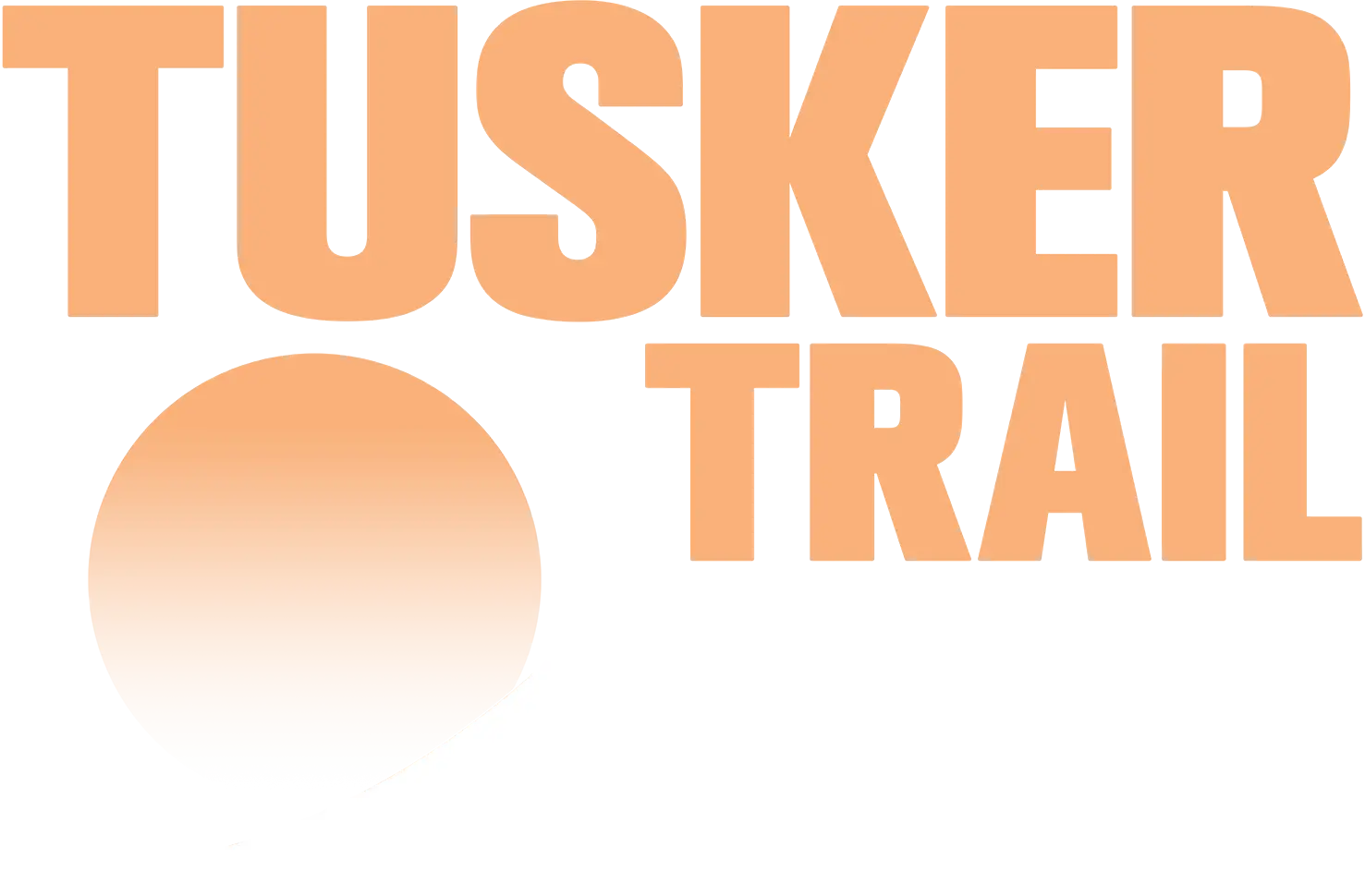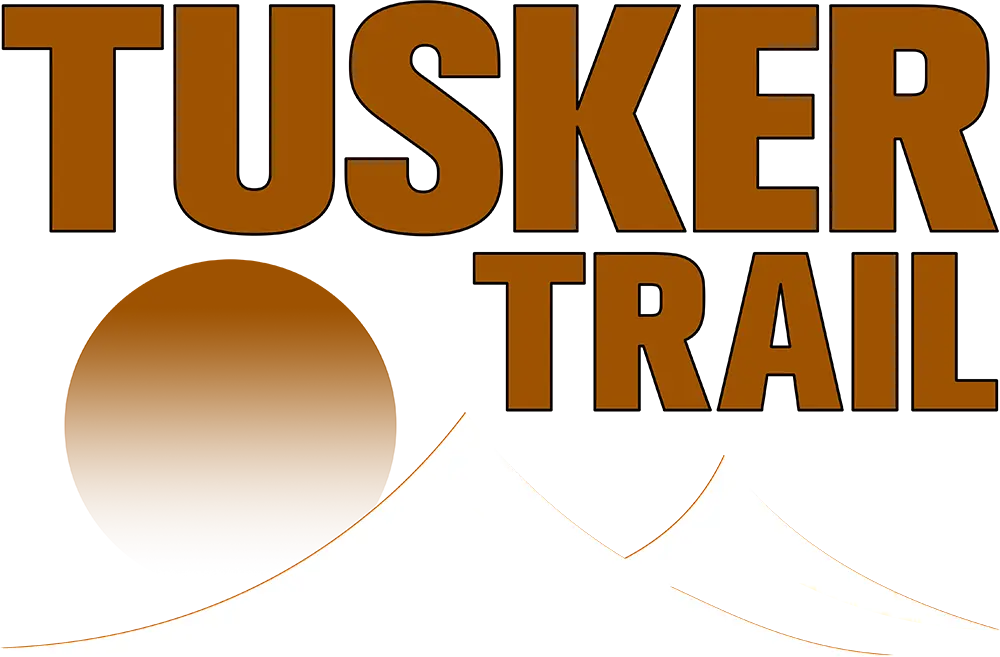Packing for the adventure that is climbing Mount Kilimanjaro may seem overwhelming at first — especially if you lack hiking experience or are prone to overpacking to begin with.
When you don’t know which type of gear to bring versus rent and you step into an outdoor retail space like a kid in a candy store, you can’t help but think you need everything on the shelves for a successful climb.
Yet even seasoned hikers admit to carrying gear and equipment (and spending a ton on said items!) though never actually using them on the trail.
So whether you’re feeling under-equipped or keep overthinking your Kilimanjaro packing list, we’re here to help.
Today we’re going to talk about all the items you think you need to climb Kilimanjaro but really don’t.
You Can Climb Kilimanjaro Without these 9 Things
Cut these items loose from your checklist and you’ll be able to reach the Uhuru Peak like a regular mountaineer:
1. A Hiking Buddy
Tanzanian law prohibits you from climbing Kilimanjaro on your own. You must have at least one registered guide and a porter or two to carry your camping gear and belongings up the mountain.
But you don’t need to beg, bribe, or convince one of your friends to join your adventure.
Trekking companies like Tusker Trail lead small groups of solo hikers so they can experience the same bucket-list worthy trek together. Many trail mates remain lifelong friends well after their hikes — and others continue to hike different parts of the globe together.
So listen to your intuition, follow your journey, and trust you’ll meet like-minded individuals to have fun with along the way.
2. Fresh, Clean Clothes for Every Day of Your Hike
When you’re packing for vacation you may bring one or even two outfits per day you’ll be away. That’s the very opposite of packing for a Kilimanjaro climb.
Though you’ll be hiking through five different climate zones on your way to the summit, you shouldn’t plan to bring multiple outfits. This will not only add extra weight to your backpack but hog up a ton of volume.
So pack lightly for every temperature you’ll travel through by using base layers.
Stay away from cotton as it does not wick away moisture, does not dry well, and can cause chafing. Look for breathable, moisture-wicking fabric like Merino wool.
Find a few core pieces that are easy to layer and pack, such as:
- Long sleeve shirt (x2)
- Short sleeve shirt (x2)
- Sports bra or sports bra tank (x2)
- Underwear (x5)
- Long underwear
- Warm, thick socks (x6)
- Convertible shorts-to-pants
It’s important that you test out layering these clothes before your trip to make sure they fit over each other. The last thing you want is tight clothing during your strenuous climb.
Don’t worry about reusing your clothes or turning them inside out to get more use out of them; everyone else will be doing it.
3. A Huge Daypack
Ever find that the bigger your suitcase the more you tend to pack?
This psychological trick will not help climbing Mount Kilimanjaro.
The art of the daypack requires a careful balance between being able to carry all your essentials and being light enough to not hold you back. That’s why a waterproof 25-35L pack is the perfect size.
Fitting a daypack is as involved as fitting a pair of hiking boots so make sure to test out a few different brands. You should be able to carry your own weight each day so find a pack that has proper shoulder, back, and hip belt support.
4. Gear and Equipment that’s Easier to Rent
You know you’ll need an insulated down parka and a sleeping bag to keep you warm in freezing temperatures, but it can be a nightmare schlepping these items in the airport and on the plane.
Check with your climbing company to see which gear is included in the price of your booking.
Here at Tusker, we provide our climbing groups with:
- 4-season waterproof tents
- 2-inch air/foam mattresses
- 4-season basecamp dining tents
- Dining tables & comfy chairs
- Gas lighting in dining tents
- Purified water
- Waterproof duffels
- Private toilet tent
Whatever your trail company does not include with your package, they may be willing to rent. For example, here at Tusker, we offer our climbers the option to rent:
- Wet weather clothing (i.e., rain jacket and pants)
- Layered cold weather clothing (i.e., down jacket and gloves)
- Mountain Hardwear “Lamina” -30 degree sleeping bags
- Komperdell & Leki trekking poles (or similar)
- Outdoor Research Gore-Tex gaiters
So before buying the entire hiking section in your local outdoor store, make sure to only tote along what you don’t have access to on Kilimanjaro.
5. Loads of Prepackaged Trail Food
Don’t give in to the marketing hype pushing unhealthy snacks off as energizing trail food.
Most hikers think they’ll need tons of granola bars and energy bites to power through the trails when that couldn’t be further from the truth.
It’s actually more common for hikers to experience nausea and a loss of appetite than be prowling for food. Thanks to the effects of high altitude and your lack of boredom, you may not even think about food until you reach camp and your cooks start prepping.
Too much repackaged trail food adds unnecessary weight and volume to your already-crowded pack. So bring a few essentials (two energy bars per day are a good amount) if you must, but with all the delicious adventure cuisine waiting for you back at camp, you may regret lugging extra items around.
6. Anything You Can’t Afford to Replace or Would Be Crushed to Lose
Don’t pack anything you would be devastated losing.
Though you may never take off your wedding ring at home, you may want to leave it on your nightstand when you climb Kilimanjaro. Same goes for that lucky charm your child made that helped you finish that marathon.
When you’re climbing mountain trails, it’s so easy to misplace or drop things. So leave all your valuable and sentimental belongings off your Kilimanjaro packing list.
7. Makeup and Too Many Toiletries
Sure, you want to look good in your summit selfies, but when you’re out on the trails, you’ll be glowing with so much natural radiance you won’t even need to apply makeup.
Bonus: That means you don’t have to pack all those heavy products.
Most newbie hikers pack way more toiletries than they actually need, considering you could go a full trip without taking a real “shower”.
As long as you have a toothbrush/toothpaste, deodorant, wet wipes to “shower” with, and toilet paper, you’ll be good to go. Then throw in some sunscreen, lip balm, anti-itch cream for bug bites, and face wipes for good measure.
You really don’t need much more.
8. A Giant, Bulky Camera and Multiple Lenses
Are you a professional photographer? Are you being paid for the photos you plan to take on Kilimanjaro?
If your answer isn’t a resounding yes to both questions, there’s no reason to bring your heavy camera and all those fancy zoom lenses with you on your climb.
A regular point-and-shoot camera is not only easier to pack and quicker to access on the trails, it’s also lighter and more than adequate for showing off all your shots.
You may not even need a separate device if your smartphone takes awesome photos. Just bring an extra battery pack and solar charger to journal your adventure in snaps.
This also makes it a lot easier to share your photos with your trail mates — and then they’ll gladly swap theirs.
9. Massive Quantities of First Aid/Medical Supplies
Though you should never hike without a first aid kit, you don’t need to pack wilderness solutions for every worst-case scenario either.
You should stock your own personal first aid kit with:
- Bandages in different sizes
- Gauze and athletic tape
- Antibiotic ointment
- Benadryl
- Alcohol wipes
- Diamox
- Epipen or asthma inhaler (as needed)
Find out what your expedition company brings in the way of medical supplies to help ease your mind. At Tusker, the health and safety of all our climbs is our number one priority.
We employ 2–6 medically trained guides per climbing group (depending on group size) and give them tools to monitor your stats while you’re adjusting to the changing altitude.
All our guides carry stethoscopes, pulse-oximeters, and supplemental oxygen – and they know how to use them properly. We even bring along a portable altitude chamber. Good thing you don’t have to pack that.
Tusker Trail Has Your Kilimanjaro Climb Covered
Kilimanjaro hikers often say you should take double the money you think you’ll need (to tip your guides and porters) and only pack half the items you think you should have.
A Kilimanjaro packing list should include all your essentials without unnecessary extras weighing you down. So fill your daypack a month before your trip and practice hiking with it in your hiking boots. You’ll build stamina while still having time to make adjustments.
What makes climbing Kilimanjaro with Tusker Trail an adventure unlike any other? Learn everything you need to know about a Kilimanjaro hike here to get started today!


